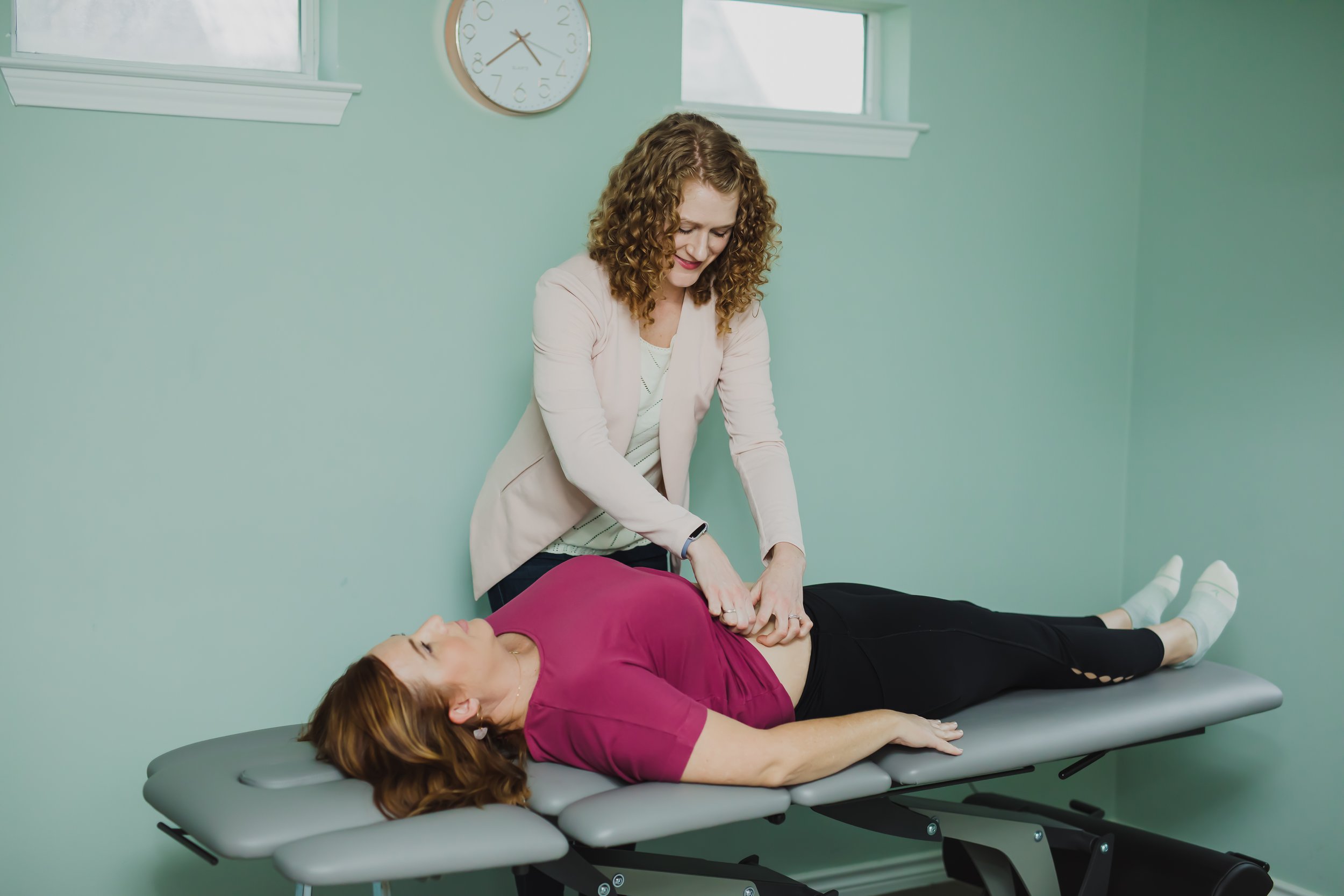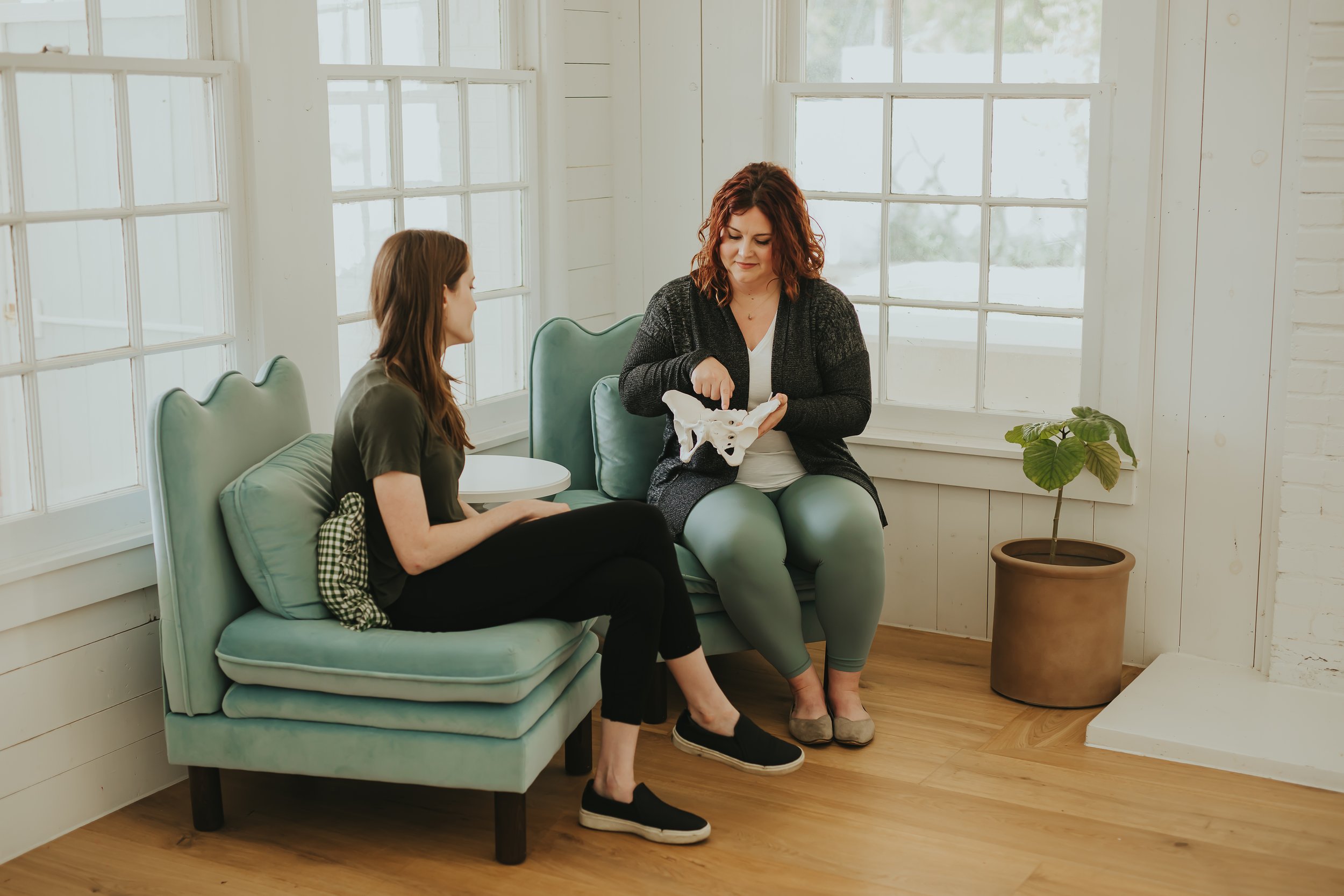What are Pelvic Floor Disorders and How to Treat Them
Nearly 25% of women will face a pelvic floor disorder at some time in their life. The chances increase as women age, with roughly 50% of women over the age of 80 experiencing pelvic floor disorders. The problem is that many women don’t understand the symptoms of the disorders and assume what they are experiencing is just something that happens as they get older.
Fortunately, you don’t have to accept the pain, discomfort, or embarrassment that comes with having pelvic floor disorders. These disorders can be helped and your symptoms can decrease dramatically. The first step is understanding which disorders you might be experiencing so that you can get the help you need to heal.
Common Pelvic Floor Disorders
Pelvic floor disorders are conditions that impact the proper function of the pelvic organs. Learn the most common disorders and how you can spot them in your body.
Urinary Incontinence
Urinary incontinence is an involuntary leaking of urine. Many women expect to experience urinary incontinence after birth. In fact, for generations, women who urinate involuntarily following a sneeze, a laugh, or a cough established a mindset that this is an acceptable experience because they have given birth at some point in their lives.
Thankfully, more discussions are taking place that are educating women about pelvic floor disorders. These discussions are showing women that urinary incontinence can be treated. You no longer have to struggle with urinary incontinence.
Symptoms of urinary incontinence (UI) include:
Feeling like you have to urinate frequently or immediately
Straining to urinate
Leaking urine
Stopping and starting when you urinate
Feeling like you can’t completely empty your bladder
Fecal Incontinence
One of the most embarrassing and difficult pelvic floor disorders to experience is fecal incontinence. Fecal incontinence is when stool leaks from the rectum without notice. Essentially, you are unable to control your bowel movements, which can cause accidents to happen at any time.
This leads to many women developing anxiety about going out in public for fear of having an accident. Therefore, they begin to live a life that revolves around staying close to home just in case. The good news is that fecal incontinence can be treated with a pelvic floor therapist. You no longer need to hide away in your home.
Symptoms of fecal incontinence (FI) include:
Leakage of stool
Passing gas uncontrollably
Urgency to have a bowel movement
Decreased awareness of needing to have a bowel movement
Pelvic Organ Prolapse
Pelvic organ prolapse is when the pelvic organs drop from their position. This could be one organ or more. The descending of the organs causes a bulge in the vagina, which is called prolapse. The pelvic organs include the vagina, bladder, uterus, urethra, and rectum.
When the pelvic floor muscles weaken, it can cause a prolapse. These muscles can be weakened by pregnancy, childbirth, gynecological cancer treatment, menopause, and heavy lifting.
Symptoms of pelvic organ prolapse:
Feeling like there is something coming down from the vagina
Feeling a bulge in the vagina
Might feel like you are sitting on a ball
Discomfort during sexual intercourse
Related: Understanding Chronic Pelvic Pain Syndrome in Women
How a Pelvic Floor Therapist Treats Pelvic Floor Disorders
There are many ways to treat these disorders. However, the best way to treat pelvic floor disorders is by partnering with a pelvic floor therapist.
Whole Body Approach
Your pelvis is made up of a combination of muscles and tissues. Therefore, doing just Kegels isn’t going to help heal your pelvic floor disorders. Instead, pelvic floor therapists, like the ones at Pillar Physio– Georgetown, Texas, use a whole body approach to treat disorders.
A whole body approach means treating the pelvis in the context of the rest of the body. The pelvic floor is part of a system and requires attention in several areas to ensure maximum functionality.
Hands-on Treatment
A pelvic floor therapist uses their hands to treat your body tissues. This includes the tissues in your abdomen, trunk, extremities, and pelvic floor. When you work with a pelvic floor therapist, you learn how your body parts are all connected and how the tissues need to be addressed in your treatment.
A hands-on approach ensures that you are being assessed correctly and your therapist has time to understand the inner workings of your body. Virtual appointments don’t allow for this kind of support, unfortunately. Take the time to find a pelvic floor therapist who will be able to treat you with their hands.
Personalized Plan
You are unique! Therefore, your treatment plan should be personalized to you, your experiences, and your goals. There is no blanket approach when it comes to healing pelvic floor disorders. Each person requires their own plan.
At Pillar Physio– Georgetown, Texas, we listen to our patients and take the time to curate a plan that is best for their bodies. A personalized plan can help you find lasting relief from pelvic floor disorders.
Don’t Let Pelvic Floor Disorders Stop You
You don’t have to struggle with pelvic floor disorders. We have helped a community of women find relief and get back to doing things they find fulfilling in their lives through our hands-on, whole body approach. You deserve to find relief because you matter; your family needs you and your community needs you.
Don’t let pelvic floor disorders stop you from doing things you love. Schedule an appointment today to get started with healing your pelvic floor. Pillar Physio is excited to offer hope and comfort to women so that they can live a life free from pelvic floor pain and discomfort.



